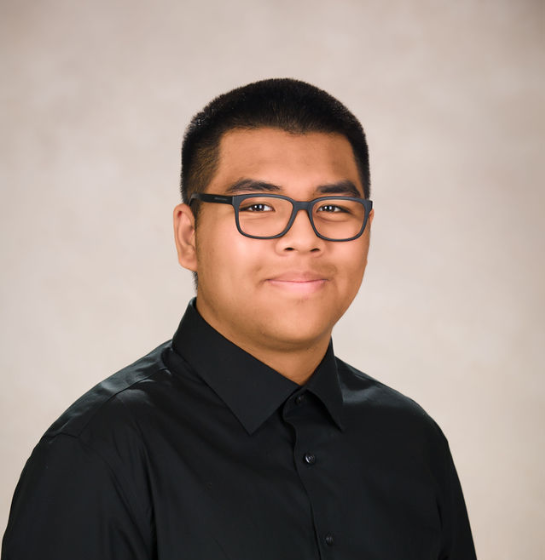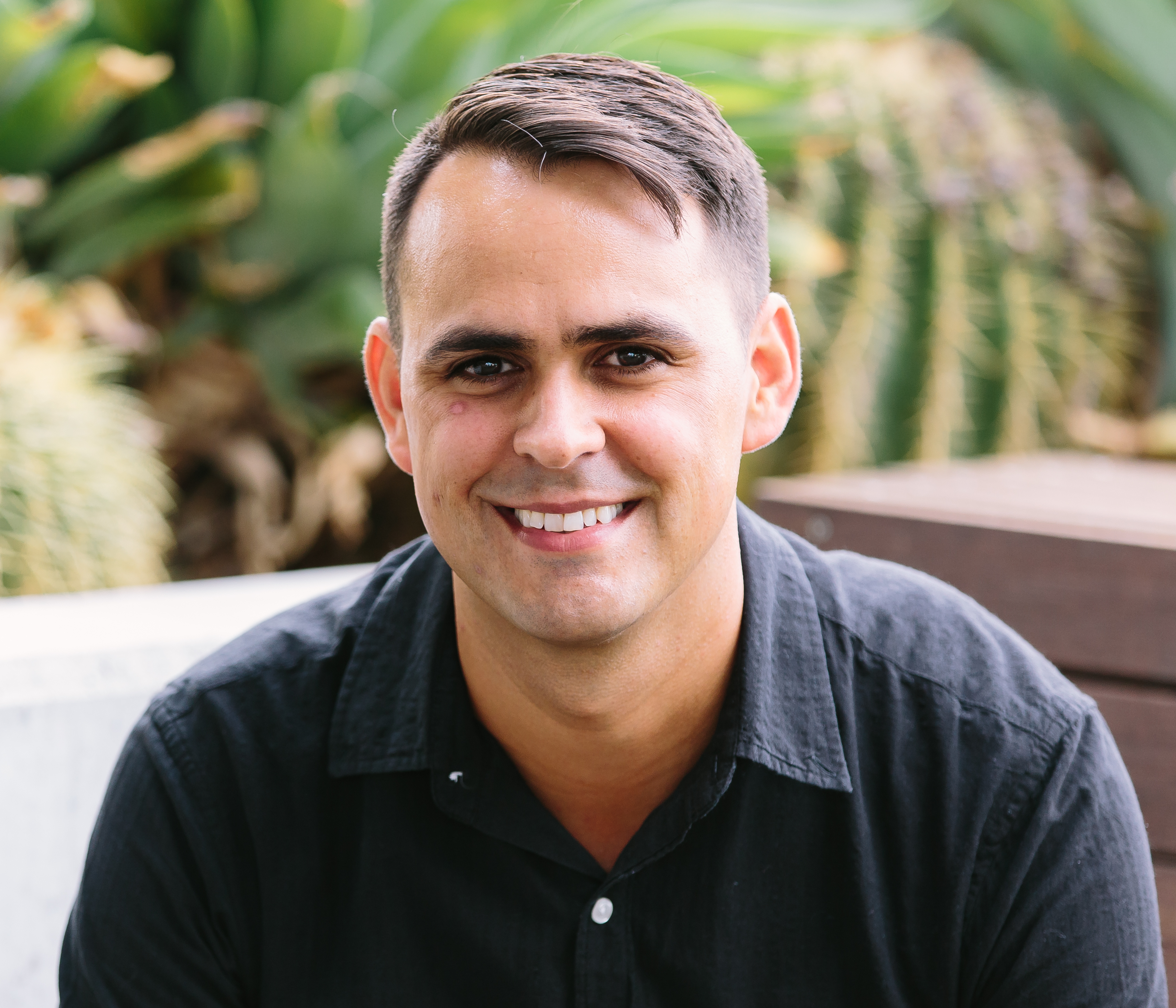Biomaterials
Engineering Hydrogels to Assess the Impact of Matrix Stiffness on Extracellular Vesicle Production
(C-91) Engineering Hydrogels to Assess the Impact of Matrix Stiffness on Extracellular Vesicle Production

Josiah I. Garan (he/him/his)
Undergraduate Researcher
Harvey Mudd College
Claremont, California, United States
Steven Santana
Iris and Howard Critchell Assistant Professor, Engineering Clinic Director
Harvey Mudd College
Claremont, California, United States
Presenting Author(s)
Primary Investigator(s)
Extracellular vesicles (EVs) are cell-secreted nanoscale structures enclosed by a lipid bilayer. EVs contain and transport functional molecules such as nucleic acids, lipids, and proteins to recipient cells throughout living organisms. EVs are important mediators of cell-cell communication and afford opportunities for insight into cellular function in physiological and pathological states. Because of these features, EVs have attracted interest as potential biomarkers and therapeutics.
Since EVs are produced by virtually all cell types, it is critical to understand the fundamental mechanisms of EV biogenesis. EV biogenesis is responsive to the extracellular microenvironment including mechanical, structural, and compositional cues. In this study, synthetic hydrogels are deployed to investigate the role played by stiffness in EV biogenesis. EVs are isolated from cells cultured on hydrogels spanning a range of cell-substrate stiffnesses overlapping with the properties of healthy neural tissues. Characterizing EV cargoes and composition provides initial clues as to their biogenesis in response to matrix properties.
Materials and Methods::
Hydrogels are formed using an established poly(ethylyene glocol)-based thiol-ene hydrogel. Hydrogels of unique moduli are engineered by tuning the crosslinking density. The modulus of each hydrogel is characterized using shear rheology on a TA Instruments Discovery Hybrid Rheometer (DHR3). The reported hydrogel properties are within the linear viscoelastic region (LVR).
U87-MG cells are cultured in standard tissue culture polystyrene (TCPS) flasks in EMEM (Eagle's minimum essential media) with 10% (v/v) fetal bovine serum and 1% (v/v) penicillin-streptomycin. TCPS is coated with each hydrogel. U87MG Cells are seeded on the surface of those hydrogels and cultured in each condition until 80% confluency is reached. Cells are then triple washed and cultured in serum-free media for one day. Subsequently, EVs are purified from the conditioned media. EV size characterization is completed using a Nanosight NS300.
Results, Conclusions, and Discussions::
Acknowledgements (Optional): : Thank you to our sources of funding: the National Science Foundation (Award #2233193), Harvey Mudd College Engineering Department, Fletcher Jones Fund, and Norman F. Sprague III Fund.
References (Optional): :
